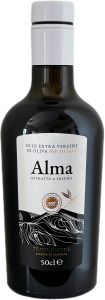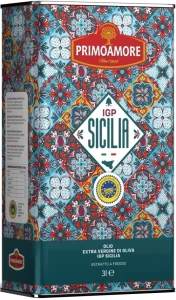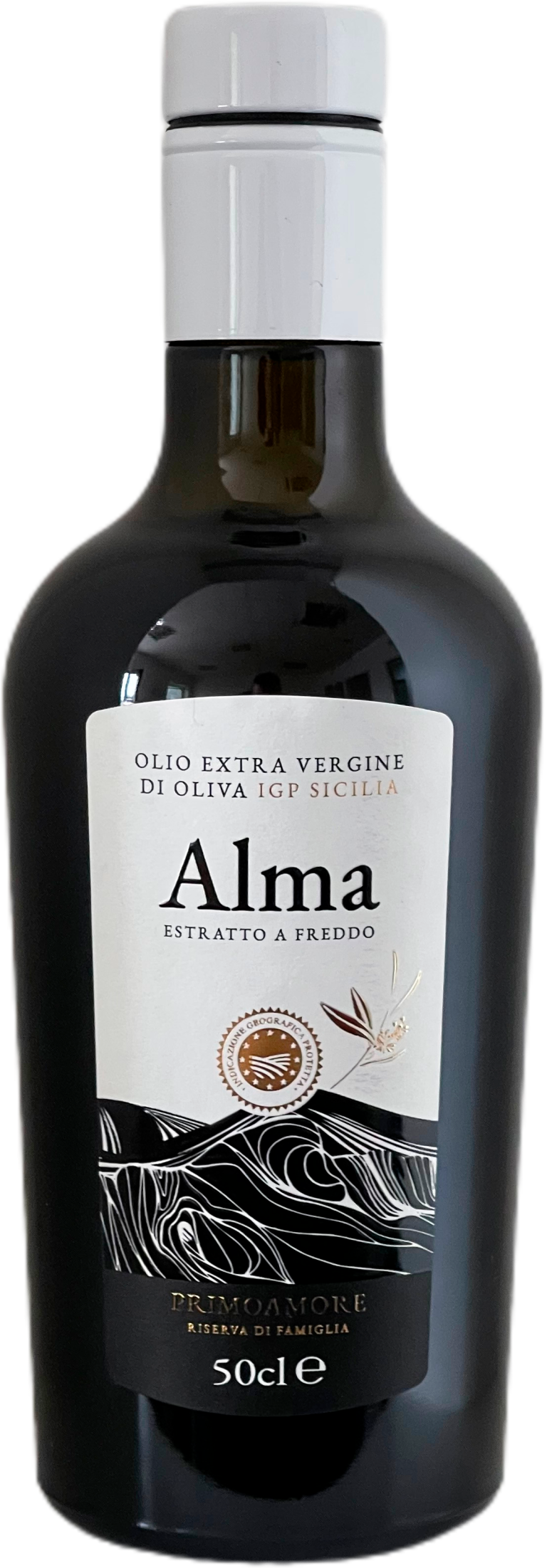FAQ
These are antioxidant compounds found in olives at the right stage of ripeness that, like vitamin E, give extra virgin olive oil great stability. The bitter and peppery taste that characterizes high-quality oil indicates that it is rich in polyphenols, whose presence prevents the oxidation of blood lipids.
No, extra virgin olive oils can have a wide range of flavors, including fruity, sweet, bitter, peppery, with notes of grass, leaves, ripe fruit, or almonds, among others. There are many varieties of olive trees, known as cultivars, that produce oils with very different sensory characteristics.
Other factors that influence the organoleptic quality (taste and aroma):
- The degree of fruit ripeness;
- The climatic conditions;
- The quality of the fruit before milling;
- The processing conditions at the mill;
- The methods and duration of oil storage.
Each plant, for various reasons, can produce oil with characteristics that vary significantly from one year to another.
Just like with wines, it is important to pair extra virgin olive oil with each dish according to its most suitable profile:
- For fish, a mild, delicate oil is recommended;
- For a soup or red meat, a more robust oil with a stronger flavor is better;
- For bruschetta or salad, a fragrant oil with a green, fruity flavor pairs very well.
It seems like the text is repeating a phrase with some variations. If you need help with something specific or if there is a particular context you have in mind, please let me know!
PDO (Protected Designation of Origin) extra virgin olive oils are an important category, but consumers often misunderstand the role of what are known as “specificity attestations.”
Each designation of origin is based on a specific “production regulations” document, which outlines the quality parameters; however, these vary from one designation to another. Quality, in general, is not determined solely by these regulations but also by other factors.
Quality is not necessarily determined solely by origin, as demonstrated by some renowned wines that are unparalleled in terms of quality. The best approach when choosing from the shelf is to rely on objective quality indicators.
Extra virgin olive oils naturally have a green color, which can have varying degrees of yellow reflections. The color variation, from deep green to a lighter yellowish hue, is not related to quality. For example, oil made from still-green olives may have a more intense green color, while oil from more mature olives may show a predominance of yellow.
In some cases, "unfiltered" oil, due to temperature fluctuations during storage, can develop relatively compact sediments at the bottom. This does not affect the quality of the product in any way.
All olive oils (except pomace oil) are cold-pressed. The law allows the term “cold-pressed” to be used when the oil is obtained at temperatures below 27°C using traditional equipment, and “cold extraction” when the oil is obtained at temperatures below 27°C using modern equipment. If it is not possible to document the temperature at each stage of processing, these terms cannot be used on the label. All Bertolli extra virgin olive oils sold in Italy are produced using modern equipment at temperatures always below 27°C.
As stated on the label, the oil should always be stored away from light, preferably in darkness, and in a cool place.
No: all types of oil have the same caloric content, 9 kcal per gram. In the case of extra virgin olive oil, the perception of lightness is not related to the type of oil but to the oil's flavor profile.
For example, an extra virgin olive oil with a high polyphenol content may be perceived as more robust and bitter, but this perception will not affect its digestibility or caloric content.
Extra virgin olive oil is a great ally for our health. It helps reduce excess cholesterol by promoting the formation of good cholesterol (HDL) while lowering bad cholesterol (LDL). Additionally, consuming extra virgin olive oil supports liver function, regulates intestinal activity, and, thanks to its antioxidants, such as polyphenols and tocopherols, protects against oxidative stress and combats cellular aging processes.
Frying is a cooking method that occurs at very high temperatures, as well as grilling, broiling, and cooking on a metal plate. The food forms a kind of crust or thickening that allows for internal cooking with minimal loss of moisture, thereby preserving a more pleasant texture ("juicy").
The use of fats in frying results in rapid and even cooking, producing pleasing taste characteristics. The choice of fat depends on regional or family culinary traditions, leading to a wide variety of oils or fats used.
However, several studies have been conducted to explore the results of frying with various fats, focusing on oil stability, nutritional aspects, and the safety of storing the cooked food.
These studies have shown that olive oil, and even more so extra virgin olive oil, are both suitable for frying due to their particular composition, which makes them more resistant to high temperatures compared to other oils. Generally, olive oil is preferred for this type of cooking because its milder flavor does not overpower the taste of the fried foods.
Its flavor comes from valuable compounds called polyphenols, which are found with these specific characteristics only in olives.
Polyphenols, in addition to determining the flavor of the oil, have an important antioxidant role and can protect our body from free radicals, thereby helping to combat cellular aging processes.
Sunlight, whether direct or indirect, as well as light from common lamps, poses a risk to the proper storage of olive oil, just as with all food products. Therefore, it is recommended to keep the oil away from direct light, preferably in a dark place and ideally in a cool environment, ensuring that the bottle is well-sealed to protect the oil from exposure to oxygen.
There are not two types of extra virgin olive oil (mill and industrial). All extra virgin olive oil originates from the milling of olives at a mill. The difference is that industrial extra virgin oil is a blend of carefully selected extra virgin oils designed to provide a product with a consistent flavor year after year.
A balanced diet includes a consumption of fats, preferably unsaturated, amounting to about 30% of daily calories. Olive oil, when consumed in appropriate quantities, does not contribute to weight gain and is essential for the proper functioning of our body. All oils have the same caloric content, 9 kcal per gram, but extra virgin olive oil is preferred for its content of powerful antioxidants beneficial for our health, such as vitamin E and polyphenols.
The quality of the oil is determined by a range of factors, from the choice of olives, through the extraction method, to the storage system used for the resulting oil. All these elements contribute to establishing the quality of the product. To achieve a good oil, it is crucial to start with high-quality raw materials.
A well-stored oil can be used up to 24 months from the bottling date, but it is preferable to consume it within 18 months, as important organoleptic characteristics and nutritional properties can deteriorate over time. It is advisable to check factors such as smell and color to assess the oil’s condition.
It’s a sensation of bitterness and spiciness, which can vary in intensity, and it is present in all high-quality oils made from fresh olives that are milled immediately. This characteristic of extra virgin olive oil is due to the presence of natural antioxidants (polyphenols). These sensory traits closely resemble the bitter, spicy, and astringent flavors typical of olives.
Absolutely not. The presence of solidified lumps simply indicates that the oil has been stored at low temperatures. This does not affect its quality at all; in fact, it ensures proper storage away from heat sources. By bringing the bottle back to a warmer kitchen environment, the oil will gradually return to a liquid state.














